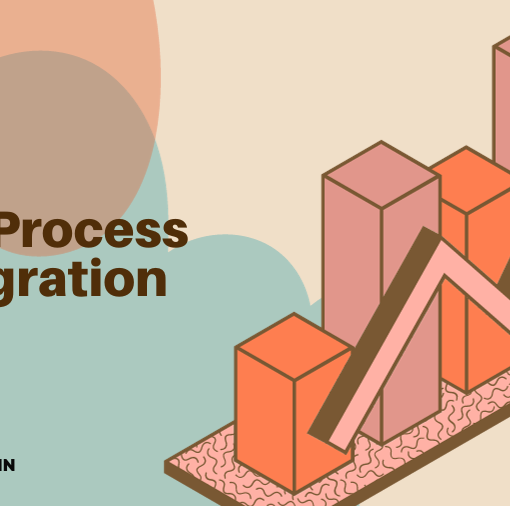Regionalization issues are an important issue for businesses that operate on a global scale, and this is particularly true for those that utilize SAP software. SAP offers a range of regionalization options that allow businesses to customize their software to meet the specific requirements of different countries and regions. However, implementing regionalization in SAP can be a complex process, and there are a number of issues that businesses may encounter along the way. In this blog post, we’ll explore some of the key regionalization issues in SAP and how businesses can address them.
Some of the Regionalization issues in SAP are given below:
One of the biggest challenges with regionalization in SAP is addressing cultural differences. Different countries and regions have their own unique business practices and cultural norms, and it’s important to take these into account when customizing SAP software. For example, certain fields or data elements may need to be renamed or reconfigured to align with local practices.
To address this issue, businesses need to conduct thorough research into the cultural and business practices of the regions they operate in. This can involve working with local consultants or partners who have a deep understanding of the local market. Businesses also need to be prepared to make significant changes to their SAP software to accommodate local requirements.
Another challenge with regionalization in SAP is ensuring compliance with local legal and regulatory requirements. Different countries and regions have their own laws and regulations that businesses need to adhere to, and failure to comply can result in fines or other penalties.
To address these regionalization issues, businesses need to work closely with legal and compliance experts to ensure that their SAP software meets all local requirements. This may involve configuring the software to accommodate different tax codes, regulatory reporting requirements, or other legal and regulatory requirements.
Language barriers can also pose a challenge for businesses implementing regionalization issue in SAP. Different regions may have different languages, and businesses need to ensure that their SAP software is configured to accommodate local languages. This can involve translating user interfaces, reports, and other content into different languages.
To address this issue, businesses need to work with language experts who can help them translate their SAP software into different languages. They also need to ensure that their software can accommodate different character sets and fonts, which can vary significantly from one language to another.
Finally, implementing regionalization in SAP can be technically complex, particularly for businesses that operate in multiple regions. Different regions may have different versions of SAP software or different configurations, which can make it difficult to maintain a consistent system across different regions.
To address this regionalization issue, businesses need to establish clear standards and protocols for regionalization in SAP. This may involve creating a centralized team or process for managing SAP software across different regions or utilizing tools such as SAP Solution Manager to help automate and streamline the process of configuring SAP software for different regions.
Another issue that businesses may face when implementing regionalization in SAP is data management. Different regions may have different data privacy and security regulations that businesses need to comply with. For example, the European Union’s General Data Protection Regulation (GDPR) imposes strict requirements on how businesses collect, store, and use personal data.
To address regionalization issues, businesses need to ensure that their SAP software is configured to comply with local data privacy and security regulations. This may involve implementing additional security measures or data encryption protocols, or ensuring that personal data is only collected and processed in accordance with local regulations.
Another challenge with regionalization in SAP is integrating SAP software with legacy systems that may be in use in different regions. This can be particularly challenging if these legacy systems have different data structures or use different coding languages.
To address this issue, businesses need to ensure that their SAP software is designed to integrate seamlessly with legacy systems in different regions. This may involve developing custom interfaces or middleware to bridge the gap between SAP and legacy systems, or ensuring that SAP software is configured to use standard data structures and coding languages that are compatible with legacy systems.
Finally, implementing regionalization in SAP can be a major undertaking that requires significant user training and support. Different regions may have different user requirements or preferences, and businesses need to ensure that their SAP software is configured to meet these needs.
To address this issue, businesses need to provide comprehensive user training and support to ensure that employees in different regions are able to use SAP software effectively. This may involve developing customized training materials or conducting on-site training sessions to help users get up to speed with the software.
In conclusion, regionalization is an important issue for businesses that operate on a global scale, and there are a number of challenges that they may encounter when implementing regionalization in SAP. These include cultural differences, legal and regulatory compliance, language barriers, and technical complexity. However, by working with local experts, establishing clear standards and protocols, and utilizing tools such as SAP Solution Manager, businesses can address these challenges and successfully implement regionalization in SAP.





